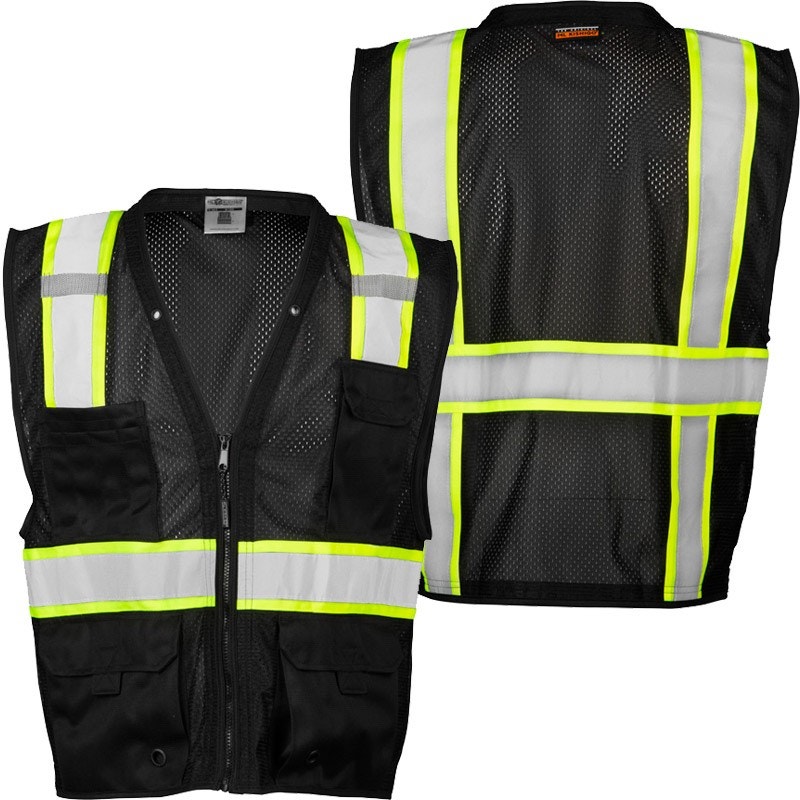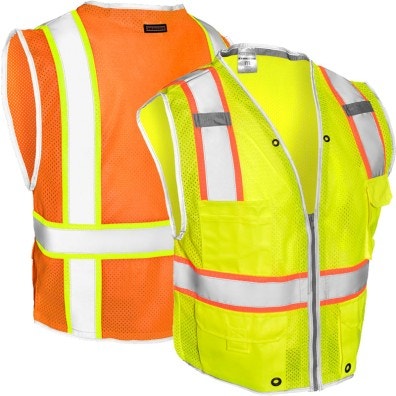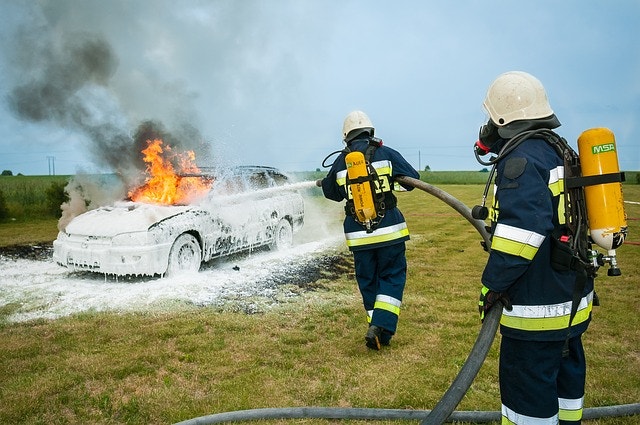How Non-ANSI Apparel Could Save Your Life
- Aug 11, 2016
 Most of us know the drill. ANSI-rated garments meet a specific requirement that's been put in place to enhance visibility in hazardous, busy, and often chaotic work environments. But what about the work environments where ANSI Class safety gear actually lowers our visibility?
Most of us know the drill. ANSI-rated garments meet a specific requirement that's been put in place to enhance visibility in hazardous, busy, and often chaotic work environments. But what about the work environments where ANSI Class safety gear actually lowers our visibility?It may sound odd, but it's a totally valid question. Generally speaking, it's the bright colors and mandatory reflectivity of an ANSI Class garment that allows us to be seen. However, in some circumstances we must consider that these qualities are useless from a safety perspective and that Non-ASNI apparel - although considered "less safe" - could be more beneficial to the wearer. It might even save lives.
Imagine working in forestry during the prime months of fall when tree's leaves are changing colors and display vibrant hues of yellow and orange. Imagine working road repair on a heavily wooded and curvy 2-lane backroad during the same season. Imagine the lack of color contrast when a firefighter sporting yellow hi-vis gear battles wildfires among a blazing landscape of yellowish-orange flames. In all of these situations - especially during the daylight hours - the reflectivity of ANSI gear becomes somewhat irrelevant and the bright colors may actually work against their original intentions. What was meant to help you stand out from your surroundings is now doing the opposite. This is how Non-ANSI apparel could save your life.
By definition and specifications, all ANSI gear requires a specific surface area (usually measured in square inches) of bright colored fabric and a specific surface area of reflective material. Regardless of how much reflective material a garment has, if the material isn't bright yellow or orange, it doesn't meet ANSI standards. This is why you'll see black safety vests with ANSI Class 3 reflectivity levels that are labeled as Non-ANSI. The black material itself fails to meet ANSI requirements.
While "black-bottom" ANSI gear has exploded into the market in recent years, it still doesn't offer the level of contrast that a black safety gear might offer in these rare but very real environments mentioned above. So what is one to do?
If your job has an ANSI standard, it needs to be adhered to. However, if you're wearing your ANSI 3 vest to improve your visibility in an environment where ANSI 3 is not technically required, you might want to rethink your actions. There are a lot of us who wear garments that carry a higher ANSI rating than our job or task requires, and we do this to improve our own safety. However, we could be unintentionally increasing the risk of accidents or even death without even realizing it. Before you make the decision to throw on your ANSI-rated safety vest, ask yourself if it's the most beneficial protection for the tasks at hand. Could a black, red, or even blue non-ANSI vest improve your ability to be seen by motorists, co-workers or equipment operators? It's something we deserve to consider.


 If you work in a dangerous or risky environment, you're probably no stranger to high visibility gear. At the very least (and depending on your job requirements), you probably don a simple safety vest on the job. Alternatively, if you're working with certain chemicals or in hazardous environments, you might be required to wear non-ANSI protective gear.
If you work in a dangerous or risky environment, you're probably no stranger to high visibility gear. At the very least (and depending on your job requirements), you probably don a simple safety vest on the job. Alternatively, if you're working with certain chemicals or in hazardous environments, you might be required to wear non-ANSI protective gear. At work, high visibility gear protects you from many common dangers while greatly increasing your visibility. Day in and day out, it assists you in the prevention of accidents, injury and even death in the workplace. It's a part of your job, a requirement, and a measure that's been put into place not only to protect you, but your co-workers as well.
At work, high visibility gear protects you from many common dangers while greatly increasing your visibility. Day in and day out, it assists you in the prevention of accidents, injury and even death in the workplace. It's a part of your job, a requirement, and a measure that's been put into place not only to protect you, but your co-workers as well.